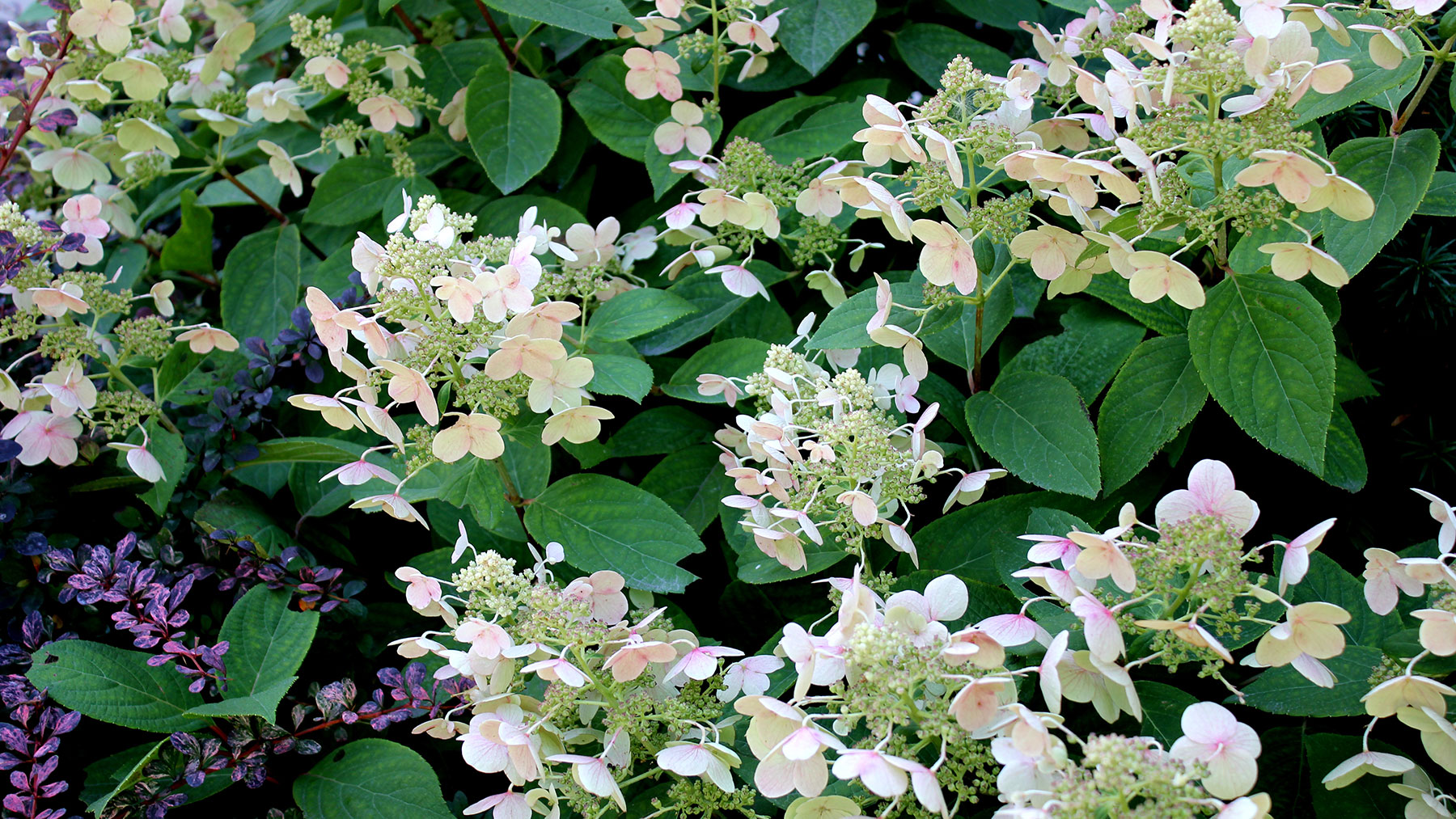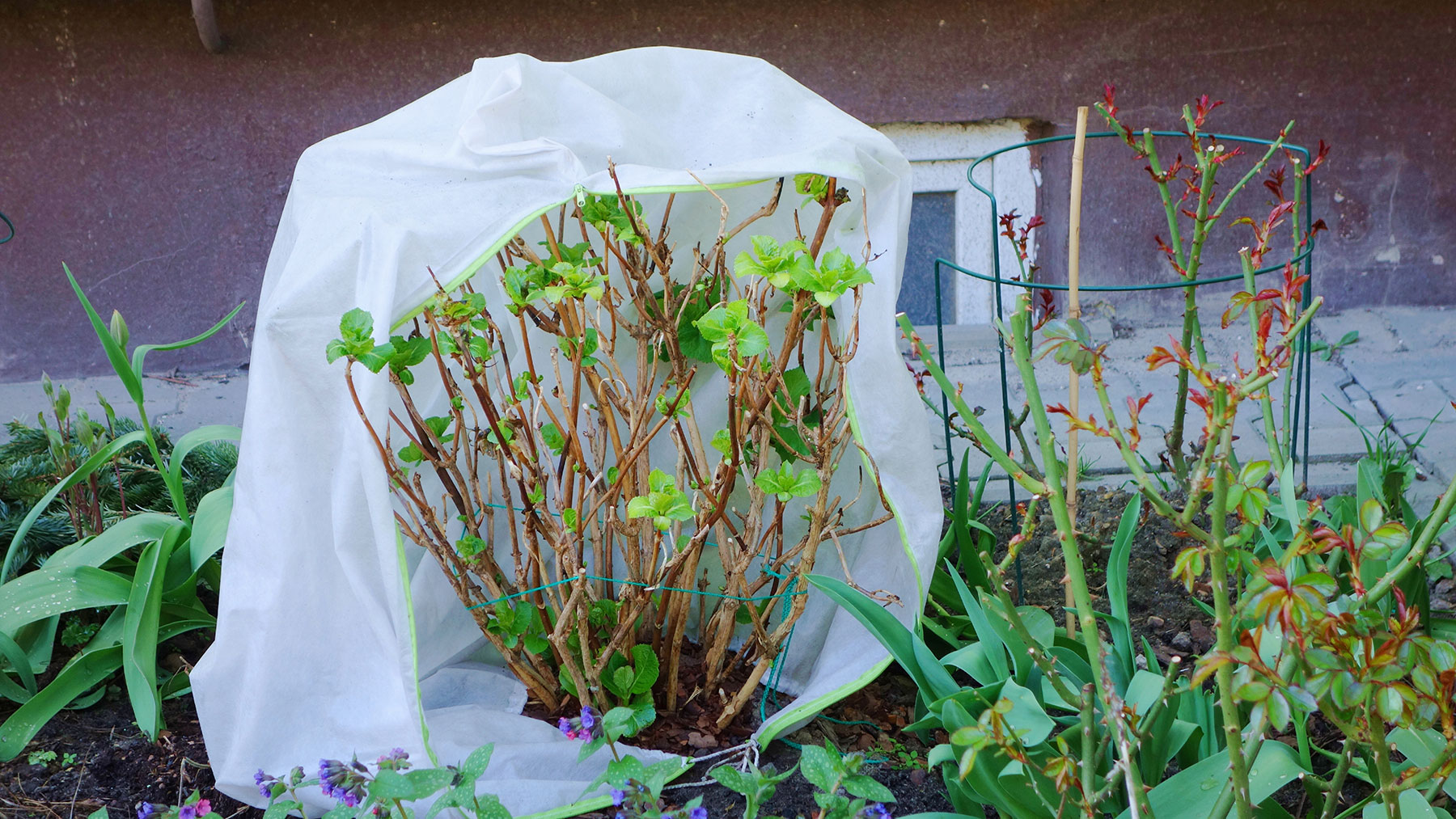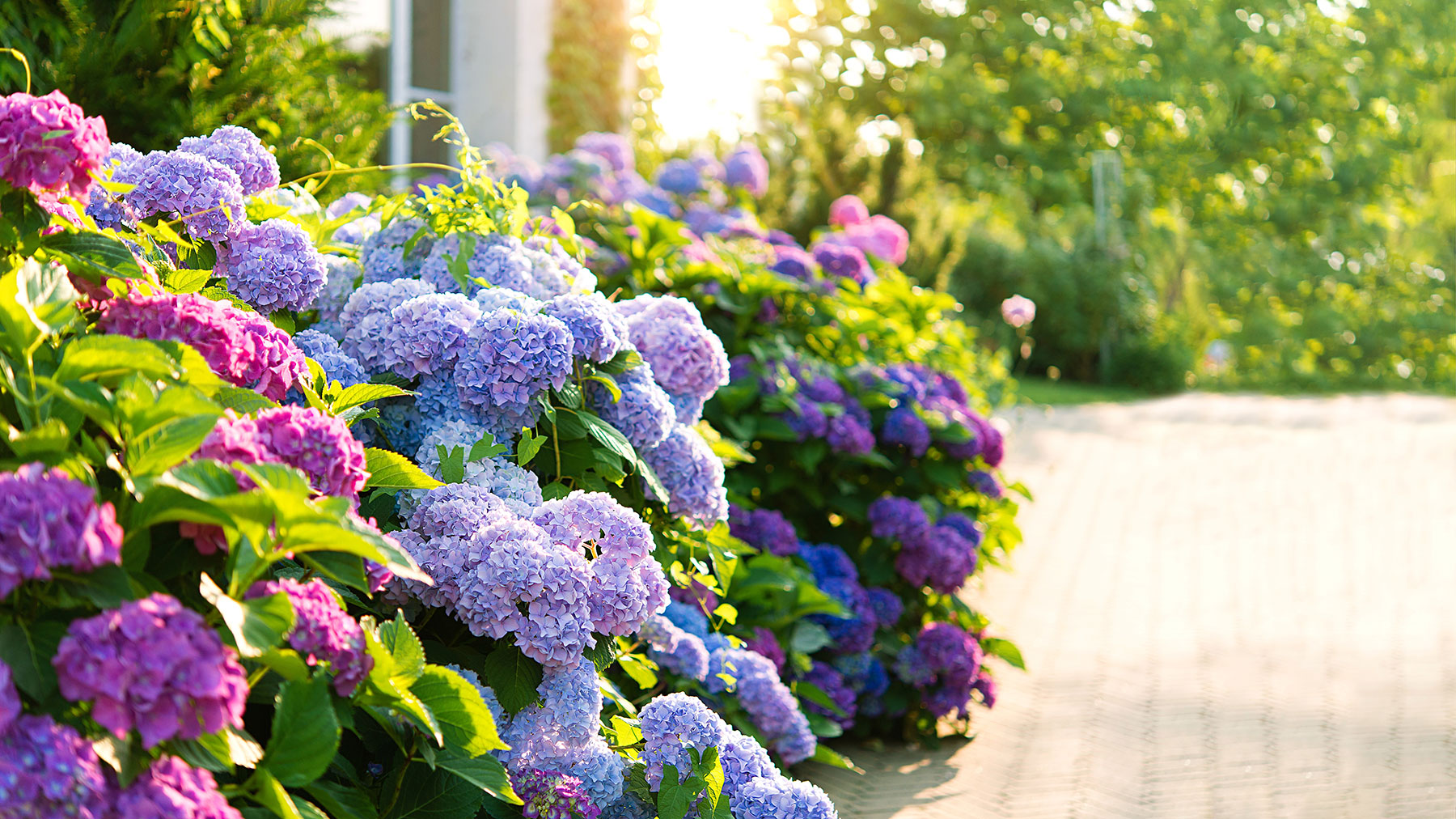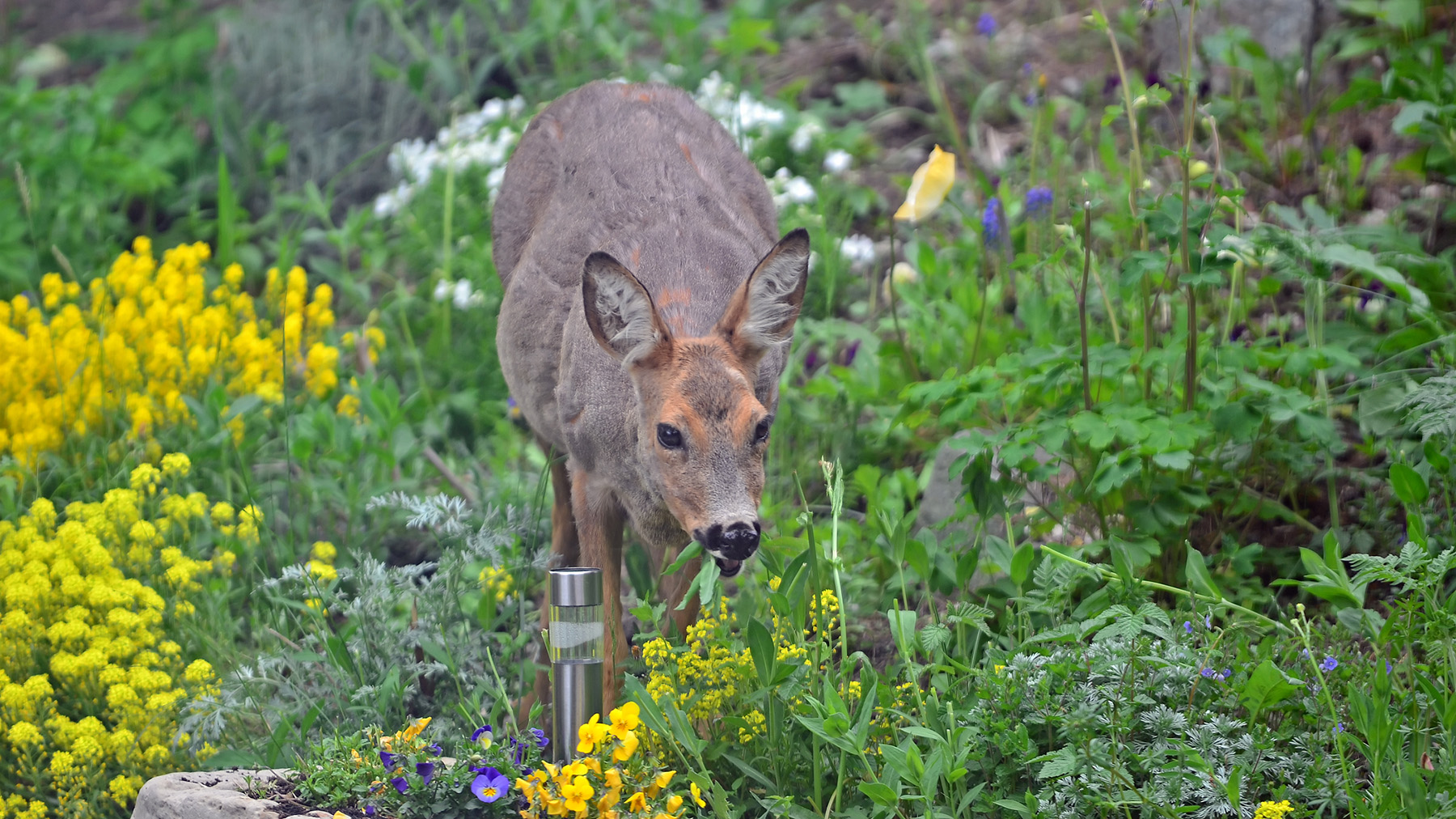
Hydrangeas have a long flowering season, which is why they are such a popular choice among green-thumbed gardeners. Their beautiful big blooms look spectacular in a garden and just as stunning if cut and displayed in a vase to adore indoors.
But what if your hydrangeas haven't flowered when you expect them to? There can be a number of reasons behind their lack of blooms, and luckily, most of them can be fixed.
Here, with the help of a garden expert, we explain why your hydrangea hasn't bloomed and provide tips on how to get it to flower once more.
1. Check when your hydrangea is scheduled to flower

One of the reasons your hydrangea hasn’t flowered could be because it’s simply too early. “Most hydrangeas flower late spring to early fall, between May to September,” says Linda Vater, author and garden designer at Southern Living Plant Collection. “However, the exact timing will vary depending on the specific variety, weather conditions and planting zone.”
So, before becoming too concerned that your hydrangea hasn’t bloomed, be sure to check the USDA Planting Zone you live within and the variety to discover when will your hydrangea flower.
Tip
Hydrangea paniculata ‘Tardiva’ is one of the last hydrangeas to bloom in early to late autumn summer. The white flowers, which turn a light shade of pink, are cone-shaped. It’s a fast-growing shrub that can grow to 6 to 10 feet and is suitable for Zones 3-8.
2. Pruning at the wrong time

Grabbing your best pruning shears at the wrong time could be the biggest problem, according to Vater. “Some varieties of hydrangeas set their flower buds on old wood, meaning the stems that grew the previous year. Pruning during the wrong season will remove these buds and prevent flowering.”
So, to avoid pruning your hydrangeas at the wrong time, she recommends taking care of bigleaf hydrangeas, hydrangea macrophylla, in summer after the plants have finished flowering. Panicle hydrangeas, hydrangea paniculata, should be pruned in late winter or early spring. But whatever time you’re pruning, avoid these 5 hydrangea pruning mistakes.
3. Frost damage

Frost can have a big impact on the success of a hydrangea flowering or not. “For hydrangeas that set buds in fall, like bigleaf hydrangeas, harsh winter conditions can damage or kill the flower buds,” says Vater. “Plants will be more susceptible to frost damage if they go into winter dry and stressed.”
To protect your plants, especially in colder zones, she suggests mulching around the base of your hydrangeas to ensure they are properly hydrated going into winter. Another method is to cover your plants with a special Winter Frost Protection Bag ($16.99, Amazon), during the colder months.
4. Improper watering

Watering your hydrangea incorrectly could produce fewer flowers or those that wilt. “Hydrangeas like moist, well-drained soil, not soggy conditions,” explains Vater. “Aim to keep the soil evenly moist, but not saturated.” She also suggests watering at the base of the plant to prevent powdery mildew on foliage.
What is powdery mildew?
Powdery mildew will appear as spots or patches of whitish-grey powder-like growth. High humidity and overwatering can promote this fungal disease.
5. Lack of sunlight

While some hydrangeas tolerate partial shade, most hydrangeas need at least a few hours of sunlight each day to flower properly. Vater suggests observing the “amount of sunlight the hydrangea receives throughout the day. If it’s in deep shade, consider relocating it to a spot with more sun exposure.”
It also helps to know which variety you are growing. Panicle hydrangeas, hydrangea paniculata, will be happy in full sun, while bigleaf hydrangeas, hydrangea macrophylla, prefer partial shade.
6. Nutrient deficiency
A lack of essential nutrients can hinder flower production and cause a lack of blooms. Vater says to help give your hydrangeas a top-up, “Fertilize your hydrangeas in early spring with a balanced fertilizer formulated for flowering shrubs.”
My hydrangeas are currently putting on strong leaf growth and getting ready to bloom, but to ensure success, I’ve recently scattered hydrangea feed around the roots. I used Miracle-Gro’s Growmore garden plant food containing nitrogen, phosphate, and potassium.
However, if your plant get too many nutrients, it may produce beautiful leaves at the expense of flowers. So, be sure to get the balance just right.
7. Pests or diseases

There are several pests and diseases that can prevent hydrangeas flowering. Vater says that apart from damage caused through aphids and powdery mildew, roaming deers are an issue.
It seems an unlikely event to happen in my yard in the U.K., but in the U.S., browsing deer is a common issue. They are known for stopping to snack on a tasty hydrangea stem or bud and inadvertently pruning your hydrangea at the same time. Although you can’t prevent it from happening, it does help if you choose hydrangeas that are harder to munch, such as the rough-leaved hydrangea (hydrangea aspera).
Whether you live in deer territory or not, Vater recommends regularly inspecting your hydrangeas for signs of pests, especially during the spring and early summer when flower buds form. “Early detection and intervention are key to preventing pest and disease damage from impacting flowering,” she adds.







